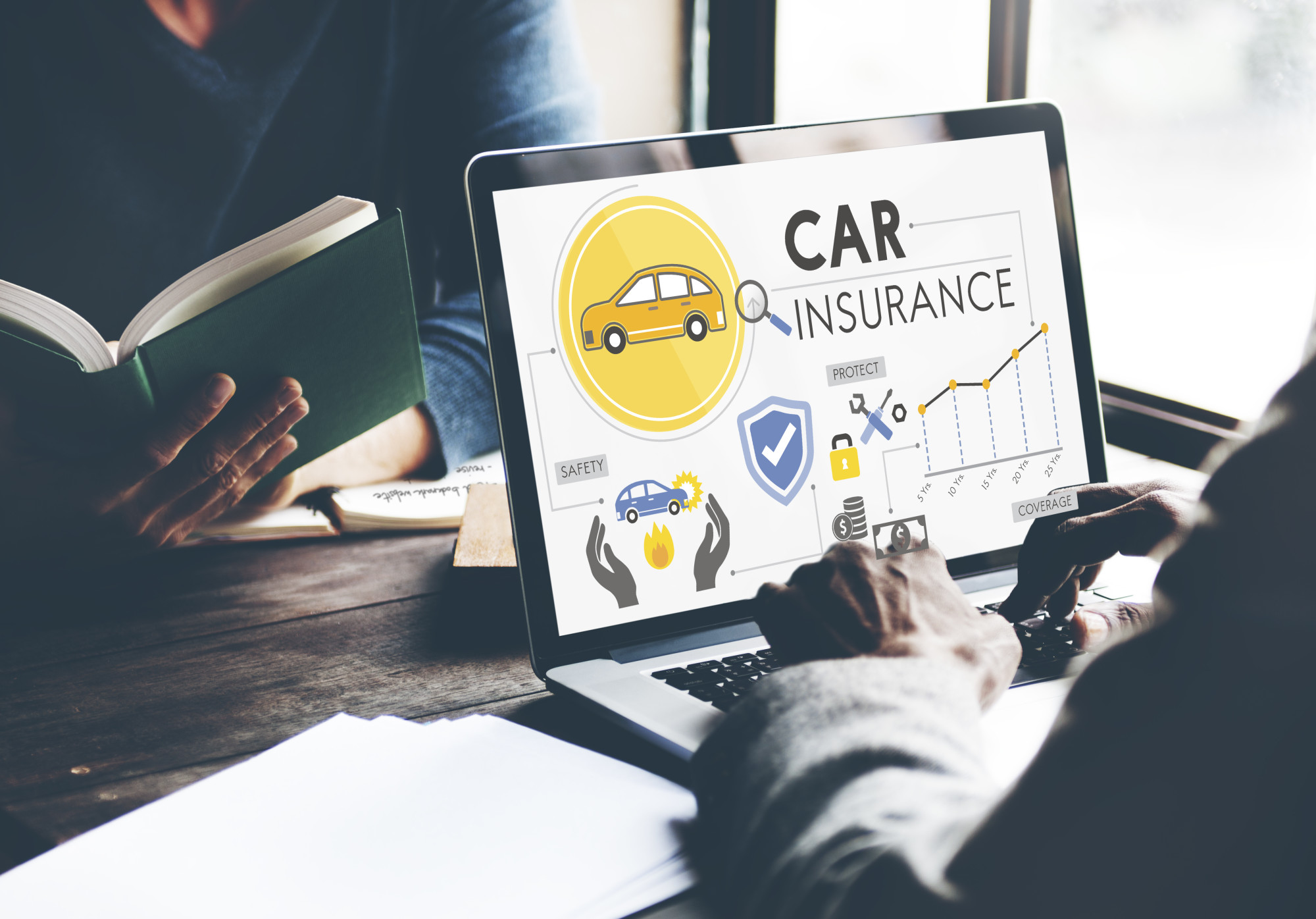The average cost of auto insurance in the US is $199 per month.
The last thing most of us need is one more monthly payment. But although you might be tempted to skimp on car insurance (or skip it altogether), it’s not worth the risk.
So what exactly does auto owners insurance cover? What types of coverage do you need? And what are the differences between the major companies like AAA auto insurance or Geico auto insurance?
Keep reading to find out!
Who Needs Auto Insurance?
As of 2020, car owners in 48 states are required to carry at least basic auto insurance. The only exceptions are residents of New Hampshire and Virginia.
Uninsured drivers in New Hampshire are still legally obligated to pay damages if they’re involved in an accident (up to $50,000). Virginia residents can elect not to carry auto insurance and instead pay $500 annually to the state. However, they must pay damages if they cause an accident.
A few states offer the option of a pre-paid bond in lieu of car insurance. Even if you live in a state with minimal requirements, it’s well worth paying for insurance. It’s certain to be less than you’d pay if you were involved in a major accident.
Different Types of Coverage
As you’ll learn if you read this guide to auto insurance, there’s no one size fits all option. The amount of coverage you’ll need depends on your locale and the type of car you drive.
Here’s a quick overview of the different options you’ll need to consider.
Liability Coverage
This is perhaps the most important type of insurance to carry, and it’s required by law in most states. Liability insurance is made up of two different parts: property damage liability and bodily injury liability.
This coverage pays for damages to the other party involved in the accident. It covers repairs to their vehicle as well as medical bills if they’re injured. It does not include coverage for yourself or your passengers.
Collision Insurance
This coverage pays for repair work to your own vehicle after an accident. Most states require it for vehicles that you’re still paying off through a loan or lease.
Comprehensive Coverage
What if your car gets stolen? What if a tree or another large object falls on it? What if there’s a natural disaster that damages your car? Comprehensive coverage will cover the costs in any of these events.
Uninsured Motorist Coverage
About half of US states require car owners to carry this insurance. It protects you financially if you’re in an accident without someone who is underinsured or has no auto insurance.
Personal Injury Protection (PIP)
This is sometimes called “no fault insurance.” It pays for medical bills for yourself, your family members, or any passengers injured in an accident.
Protect Yourself With Auto Owners Insurance
The world of auto insurance may look overwhelming at first glance, but it doesn’t have to be. Bookmark this article to refer back to as you shop around for cheap auto insurance in your area.
Now that you’re more familiar with car insurance, what’s next? Our site is dedicated to all things automotive, so stick around and keep browsing!

